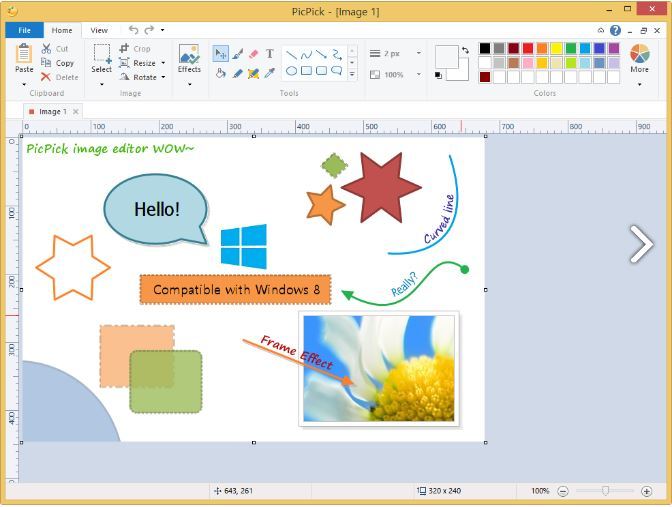

If you start the tool (not by using the shortcut that Alan mentions, but by using Snip & Sketch from the Start menu in Windows), you can choose New and then capture a portion of the screen. It is certainly handy, but the way that it captures images seems a bit strange. The Snipping tool (Snip & Sketch) is an interesting little tool. Alan wonders why this happens and how, in Word, he can make the snipped image the same size as the original. This means that he then has to reduce the image size to approximate the original that he snipped.

If he then pastes that image into a document, the result is very large, much larger than the original. Alan often uses Win+Shift+S to start the Snipping tool and grab a portion of the screen.


 0 kommentar(er)
0 kommentar(er)
